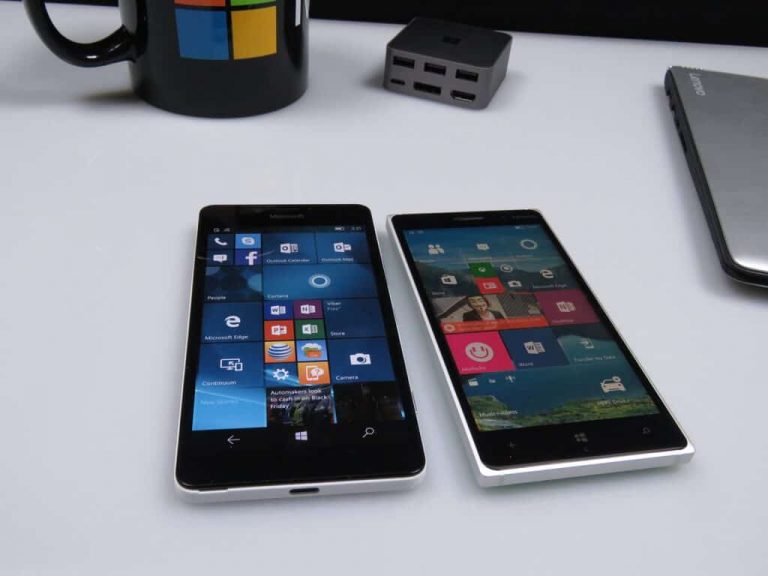Following Microsoft’s massive mobile retreatment last year and a disappointing Windows 10 Mobile Creators Update this year, it’s becoming increasingly difficult to remain excited about the company’s mobile OS. Windows Insiders don’t have many more reasons to be optimistic as of today, as Microsoft has recently created a “feature2” development branch for mobile users that doesn’t get all the cool new features that PC Insiders are getting on the Redstone 3 branch.
The Windows Insider team previously said that the feature2 branch would rejoin the main development branch at some point, but Microsoft may have just told us a part of the story. Today, Brad Sams from Thurrott.com is reporting that Microsoft is currently working on a separate branch of Windows 10 Mobile which is being specifically developed for a new type of device. “Two independent sources inside of Microsoft have told me that there is a new hardware device being tested internally and that there is also a separate branch of Windows Mobile for this device,” shared Sams.
According to the report, the new device is expected to enable “new experiences,” and it will likely introduce a new UI tailored for this new hardware. Additionally, the new mobile OS may no longer support Silverlight apps, which were designed for Windows Phone 7 but were still supported on Windows Phone 8 and Windows 10 Mobile. “I have heard, but am not able to fully confirm at this time, that Silverlight applications may not longer work with the updated OS,” explained Sams. “At this time, everything is still in early development and plans may change dramatically in the months ahead.”
Back in December, Microsoft CEO Satya Nadella said that the company was planning the “ultimate mobile device,” and it’s clear that the current version of Windows 10 Mobile is not really up to the task. As a reminder, Windows 10 Mobile is still a 32-bit OS, which means that it can’t leverage the full power of 64-bit ARM SoCs or manage more than 4GB of RAM. And unlike the upcoming Windows 10 on ARM, it doesn’t support legacy Win32 apps at all, something that Continuum probably needs to be relevant.
Microsoft may never be able to beat iOS and Android at their own game, but it can at least try to change the rules of the game. One way to do it would be to bring a groundbreaking 3-in-1 device to the market, which would be much more integrated and versatile than the HP Elite x3 or the Galaxy S8 (which both support a lightweight but compromised PC experience). And with its incredible software and hardware expertise, Microsoft seems to be the only company able to pull it off.


